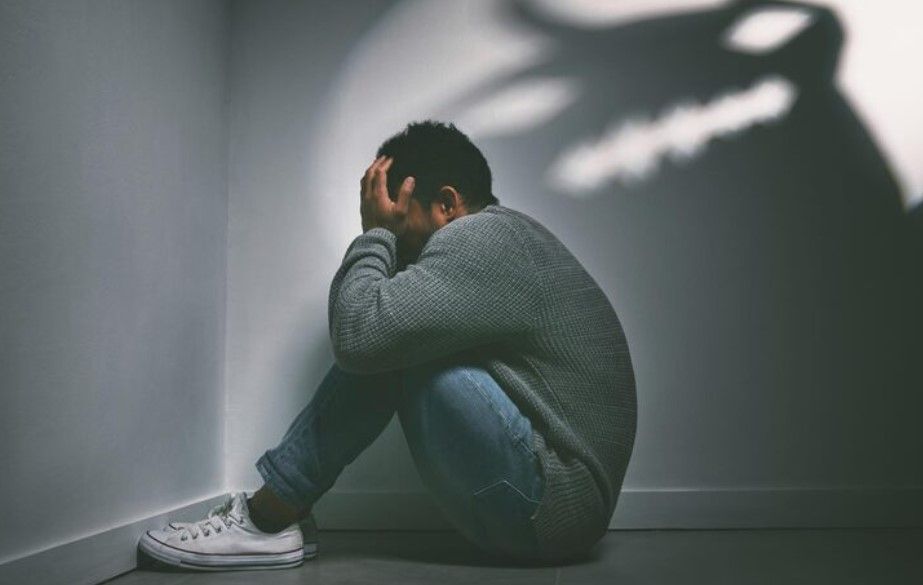Trauma Without War: PTSD in Everyday Life
Introduction: Rethinking the Battlefield
When most people hear “PTSD,” they picture soldiers returning from war zones, haunted by combat memories. But trauma doesn’t only live in trenches or battlefields. It can emerge from car accidents, medical emergencies, domestic violence, childhood neglect, or even prolonged emotional abuse. Post-Traumatic Stress Disorder (PTSD) is not reserved for veterans—it’s a condition that quietly affects millions navigating everyday life.
To understand PTSD in its full scope, we must expand the narrative. Because trauma without war is still trauma. And healing begins with recognition.

What PTSD Looks Like Outside Combat
PTSD is a psychological response to a deeply distressing event or series of events. In non-military contexts, it can stem from:
- Survivors of abuse: Physical, emotional, or sexual trauma
- Witnesses to violence: First responders, caregivers, or bystanders
- Medical trauma: ICU stays, chronic illness, or invasive procedures
- Loss and grief: Sudden death of a loved one, miscarriage, or abandonment
- Neglect and invalidation: Especially in childhood, where emotional needs go unmet
Symptoms may include:
- Intrusive memories or flashbacks
- Hypervigilance and exaggerated startle response
- Emotional numbness or detachment
- Avoidance of reminders or triggers
- Sleep disturbances and nightmares
- Difficulty concentrating or regulating emotions
These symptoms often go unnoticed or misdiagnosed—especially when the trauma doesn’t fit society’s “expected” mold.
The Invisible Burden: Why Everyday PTSD Is Overlooked
PTSD in civilian life is frequently misunderstood or minimized. Common barriers include:
- Cultural stigma: Mental health struggles are often seen as weakness, especially in high-functioning individuals
- Diagnostic bias: Clinicians may overlook PTSD in cases without overt violence or single-event trauma
- Self-silencing: Survivors may downplay their experiences, believing they “weren’t traumatic enough”
- Lack of language: Many don’t have the vocabulary to describe what they’re feeling—only that something’s wrong
This invisibility compounds the suffering. Without validation, individuals may internalize shame, isolate themselves, or struggle to seek help.
Pathways to Healing: Trauma-Informed Support
Recovery from PTSD is possible—but it requires compassionate, tailored care. Effective approaches include:
- Trauma-informed therapy: Modalities like EMDR, somatic experiencing, and cognitive processing therapy
- Peer support: Connecting with others who’ve experienced similar trauma can reduce isolation
- Mind-body integration: Practices like yoga, breathwork, and art therapy help regulate the nervous system
- Psychoeducation: Understanding how trauma affects the brain and body empowers individuals to reclaim agency
- Safe environments: Whether in schools, workplaces, or healthcare settings, safety and trust are foundational to healing
Importantly, healing is nonlinear. It’s not about “getting over it”—it’s about learning to live with it, without being defined by it.
Conclusion: Expanding the Narrative, Deepening the Care
PTSD doesn’t always come with medals or headlines. Sometimes it comes with silence, subtle triggers, and years of self-doubt. By expanding our understanding of trauma, we make space for everyday survivors—the ones who’ve endured without recognition, and who deserve healing just as much.
Trauma without war is still trauma. And when we name it, support it, and honor it, we begin to break the cycle—not just for individuals, but for families, communities, and generations to come.
CATEGORIES












